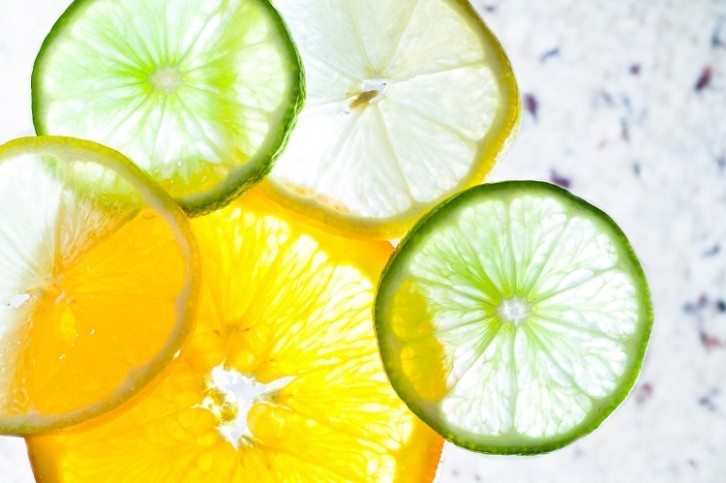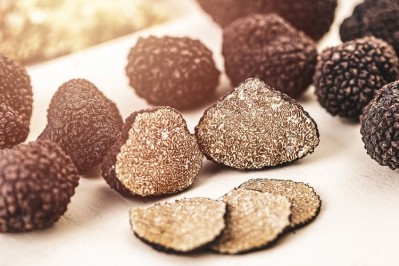Health and taste from fruit-based sweeteners

Refined sugar is linked to a variety of negative health outcomes, including, according to the UK’s National Health Service, type-2 diabetes, heart disease, and cancer. Thus, many producers have tried to replace it with various different types of sweeteners, with mixed success.
Fruit forms the basis of many of these sweeteners. Ranging from monk fruit to citrus to carob, fruit has been used for sweetness in Europe for centuries, dating long before the colonisation of the Americas. Now, as then, they can often enhance taste very effectively.
Sweetness
Fruit forms the basis for a wide range of sweeteners. For example, ingredients company Kerry develops citrus extract, which can be used in a wide range of products including baked goods, beverages, and dairy products.
Tate & Lyle also develops a fruit-based sweetener, in this case monk fruit extract. The sweetener, which can be used in a range of products including fruit juices, flavoured water, smoothies, yogurt, juice drinks, breakfast cereals and fruit snacks, “can decrease bitterness and off-flavours and enhance milk chocolate flavour,” Abigail Storms, Tate & Lyle's SVP Global Sweeteners and Fibres, told FoodNavigator. It is also, according to Storms, 200 times the sweetness of sugar.
In terms of health benefits, Storms told us, “monk fruit doesn’t raise blood sugar levels and is a helpful sugar alternative for those with type-1 and type-2 diabetes.”
Another versatile fruit-based sweetener is one from Israeli startup Carobway, which uses, as its name suggests, carob as its basis. The product is included in a range of products including bakery, confectionary and energy bars.
“We're able to do it in a flavour profile of caramel,” Carobway Co-Founder Udi Alroy told FoodNavigator. “The caramel is a wonderful flavour because it's used mainly in the food industry.”
In fact, carob is often used as a honey replacement, according to Alroy. “It flows like honey. Less viscous than regular honey but in bakery, people replace honey because there is a shortage of honey in some places.
“What we've found,” he continued, “is that the carob sweetener enhances flavours such as caramel, vanilla, coffee, chocolate. Most manufacturers will not like to put everything in one ingredient, just because of having a secure supply chain, but we've found that it really strengthens the flavour so it has a wonderful added value for that and of course a wonderful health contribution and nutritional profile.”
Carob also had nutritional benefits. For example, it slows the absorption of sugar, making it good for people with diabetes and prediabetes. “The whole glucose and all the insulin levels are being reduced,” Alroy told us. “This is historically the reason that people who are prediabetes or diabetes” consume products containing carob syrup.







